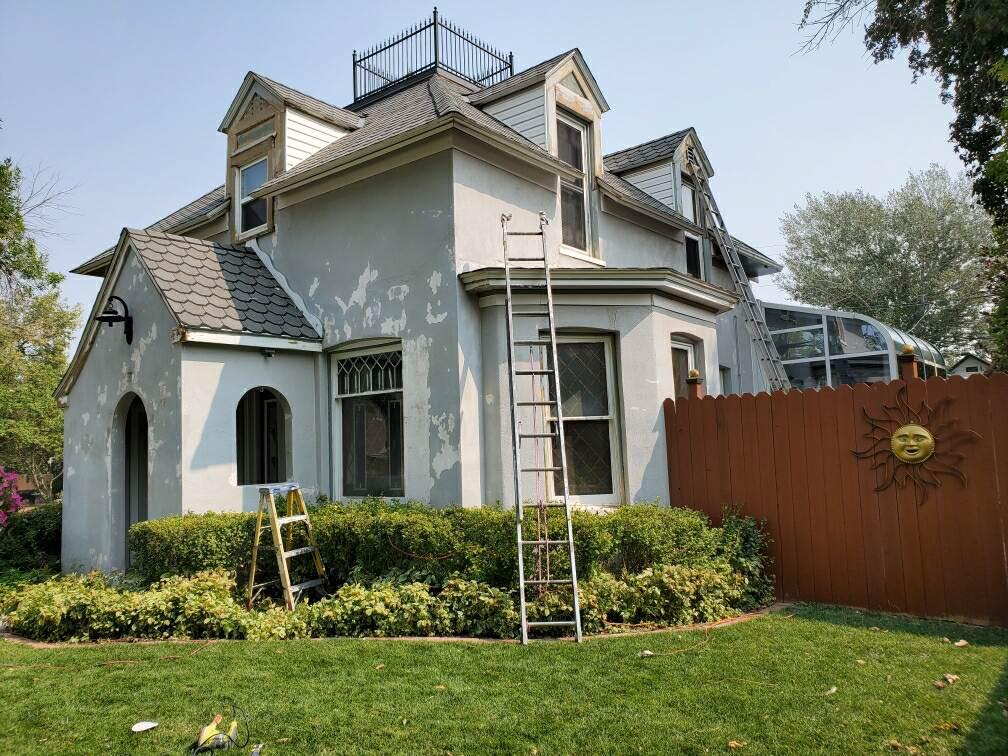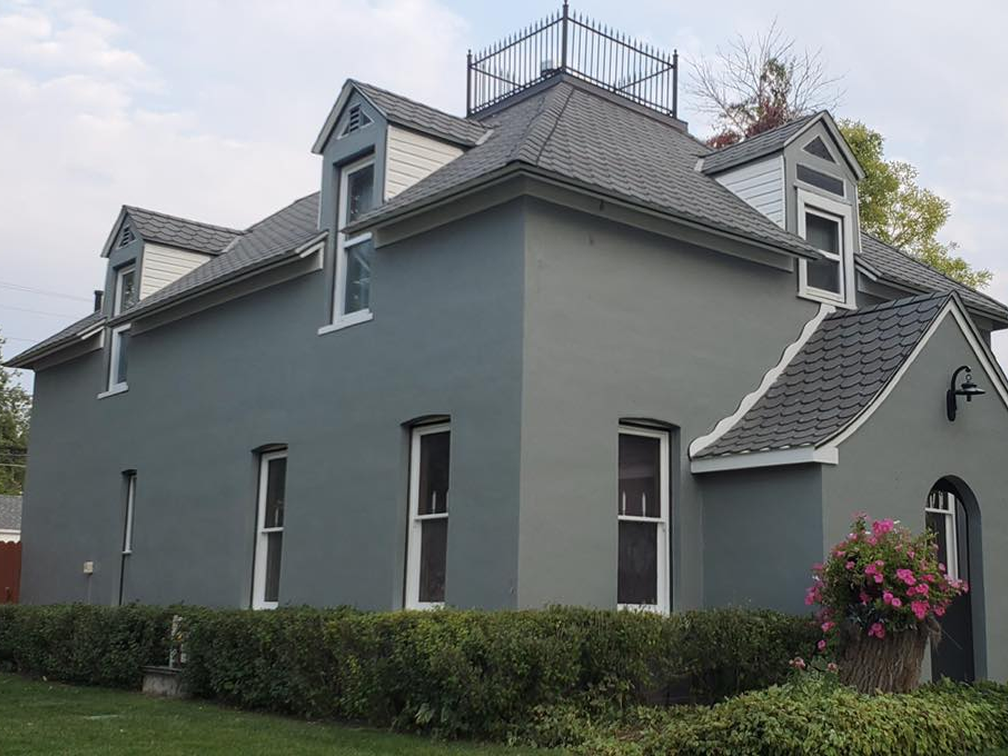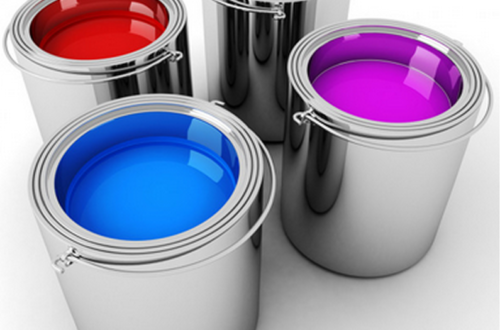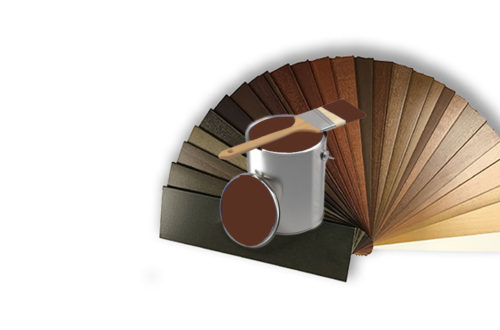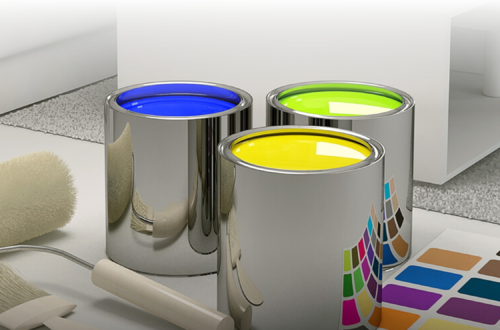How often should I paint my Home’s Exterior Surface?
Nothing gives the outside of your home a fast and impressive facelift like a fresh coat of paint — although it’s been said many times before, this axiom is worth repeating. Whether you are planning to sell and want to add a touch of quick curb appeal or you just enjoy living in a well-kept home, spring is the ideal time to upgrade by painting your house’s exterior. How often will this task need to be done? It depends on a number of factors, primarily your home’s exterior finish, your location, and the quality of your last paint job.
In addition, your HOA standards and the general look and feel of your neighborhood, particularly if you live in a historic district, will help determine how frequently your home needs to be repainted.
HEADS UP: Don’t try to save money by putting off exterior painting. All you will end up doing is making the prep work harder and the job ultimately more expensive. Damaged paint or exposed patches of bare wall are an urgent signal that you should paint ASAP to protect your home.
What Affects Exterior Paint’s Durability?
Climate — If you live in an area with hot, sunny summers or your home is unsheltered by trees, the strong sunshine will cause paint to bubble and fade more quickly (especially for darker hues, synthetic pigments, and oil-based paint). Other climate conditions that age paint are harsh winters, frequent storms, extreme humidity, blowing sand, or salty ocean breezes.
Maintenance — Take good care of your home. Inspect its exterior regularly for danger signs. These include dampness, rot, chalkiness, termite or other infestation, and mold. Have these treated promptly and keep out moisture by sealing and caulking as necessary.
How to Prep for a Paint Job that Will Last
Before beginning to paint, get your home exterior into top shape. Treat mold or insect pests. Replace any rotten wood, and repair cracks and holes in stucco or similar finishes. Caulk seams and putty any holes and pits in the surface. Sandblast if you need to remove loose, bubbling, peeling, or cracking paint. Follow up with a power wash, being careful to follow the manufacturer’s recommended range and amount of pressure.
After cleaning, your house should be allowed to dry completely, to avoid trapping moisture under the paint. For the same reason, wait a few days after a heavy rain prior to painting the exterior of your home.
Check the weather forecast.
Painting goes best in dry, mild weather, which is not overly windy. Outdoor temperatures between 50-90 degrees are advised to ensure optimal drying of the paint.




